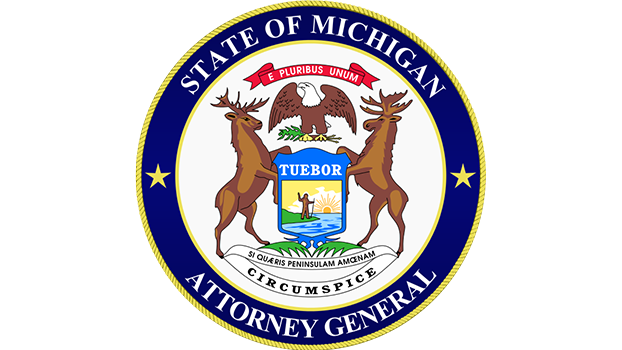Lead in $3,200 house leads to $115,000 settlement
Published 9:47 pm Thursday, April 18, 2013
“I didn’t realize it was going to be such a big deal,” Dowagiac native Brandi Crawford-Johnson, 33, said of media attention to her purchase of a foreclosed home for $3,200 and a subsequent settlement with the City of Kalamazoo for $115,000.
“This whole thing has been stressful,” she said.
Once The Associated Press picked up the story, she’s surprised by where it published, from Detroit and Chicago papers to the New York Post.
“I don’t know how they found out about it,” she said Thursday.
The granddaughter of Dowagiac Councilman Robert Hess would have graduated with the Class of 1998 had she not finished her secondary education in Idaho before attending Southwestern Michigan College.
She is presently a college student, finishing a marketing and communications degree at Kalamazoo Valley Community College, then transferring to Western Michigan.
She wanted to live in the city since she was a little girl and thought she found her dream house for a song.
The two-story, 1,800-square-foot home at 915 N. Park St. sits on a double lot with a big yard and 42 windows and “sleeping porches,” which make it much larger.
Last August, she and her husband, Adrian Johnson, and her 8-year-old son, Thomas Crawford, acquired the dwelling from the city, then spent $25,000 remodeling. Though the house sat vacant for seven years, it was not condemned and passed inspections for asbestos and mold.
Crawford-Johnson didn’t think, however, of testing for lead. Earlier this year, city officials notified her and purchasers of two other pre-1978 properties it failed to provide an Environmental Protection Agency-approved brochure disclosing possible lead-based paint or pipes.
Crawford-Johnson filed a claim in March that the city failed to provide proper documentation for the 1900 home. Kalamazoo City Commission approved a $115,000 settlement acknowledging the city failed to meet lead requirements at closing, but denying any prior knowledge lead-based paint existed because officials did not and are not required to conduct lead testing.
Crawford-Johnson had HUD, the U.S. Department of Housing and Urban Development, test the home with four layers of wallpaper, finding lead-based paint in the dining room floor, kitchen, windows and even soil outside.
“Upset” when her home tested positive for lead, she retained a Detroit-area lawyer familiar with environmental law. She disputed a city press release stating she alleged her son had elevated lead levels. “My son had a normal level of lead” in his blood, she said.
Crawford-Johnson said $75,000 to $80,000 of the settlement will pay for lead remediation.
Her family has been living in a two-bedroom, two-bath hotel suite for a month.
It will probably be another month before they can return home.
Another $15,000 will cover attorney fees, with $5,000 set aside in trust for her son and whatever’s left going toward fixing the house.
The $3,200 price was based on what was owed in property taxes.
Reaction to the story has been mixed, with some “judging” her, but “it’s not like I’m getting rich off the city.”
She loves her North Park neighborhood and wants to be part of its comeback.
“There’s not enough awareness” of testing possibly toxic older homes for lead, she said. “No matter what, we all have lead in our blood.”
She said she’s just glad her son wasn’t a baby because “they touch everything.”





